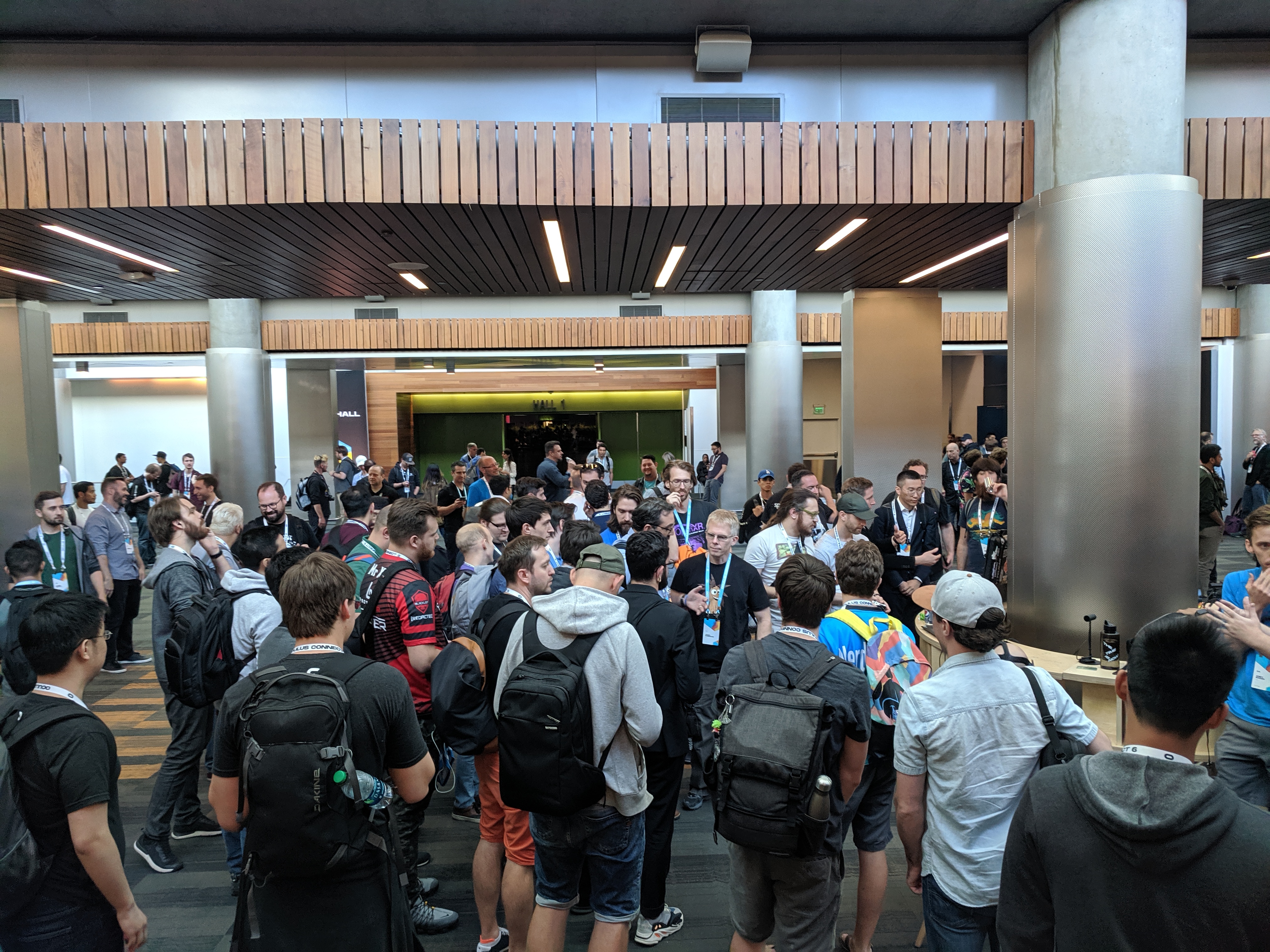I was having a conversation with a collaborator today about a forthcoming project. We realized that whatever we end up with, it will need to have a strong emotional arc.
People enjoy spectacle. They like seeing talented actors moving about amidst great scenery, evocative lighting, brilliant editing. But none of that is enough.
A good work of narrative art needs, at its core, to be something you can sum up in a single sentence. We want to go on an emotional journey with a character who starts here and ends up there.
Truly great films, plays and novels can all be boiled to a simple essential idea. Sometimes we lose sight of that, but we really shouldn’t.
Especially not if we want to create good films, plays or novels. 🙂
